A Good Guy With a Gun
(Content Note: The following contains descriptions of racial injustice and violence, discussions of the author’s own personal history with racism, and some use of the N-word. It is also written by a white man 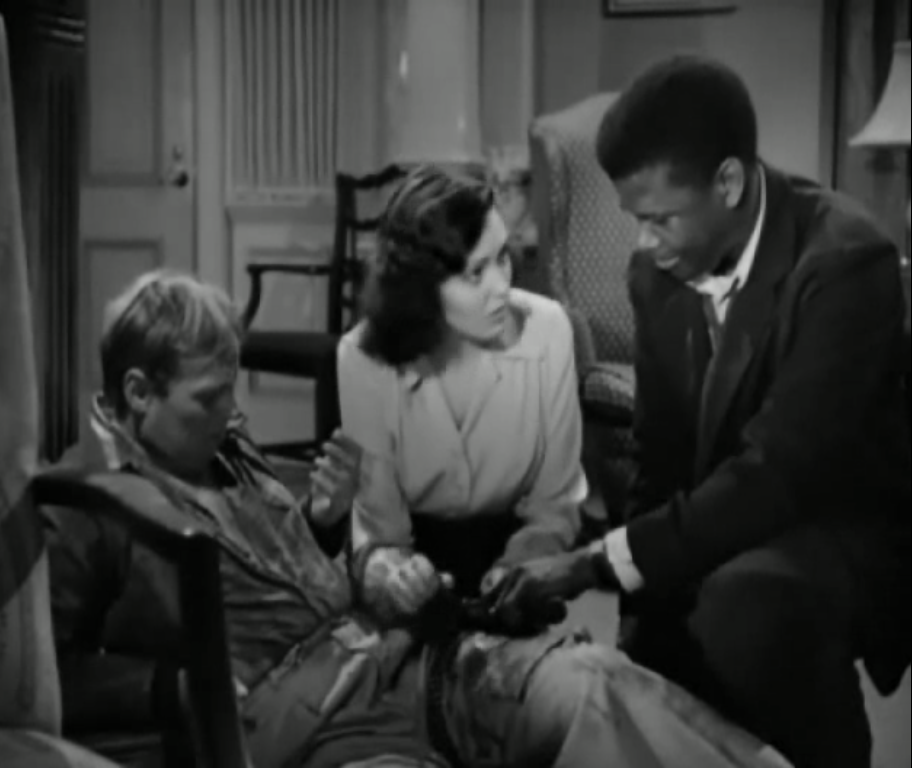 from the American South, and is an attempt to dicuss these issues with a presumed-majority-white audience, and as such is in no way intended to displace black voices on these issues. If you’re looking for black authors on these topics, may I recommend Ijeoma Oluo’s “Dallas is a tragedy for all of us – and shouldn’t shut down calls for justice,” Bianka Bell’s “How Pseudo-Allies Enable the Killing of Black Bodies,” and Messiah Rhodes’s “Scary Negroes With Guns.”)
from the American South, and is an attempt to dicuss these issues with a presumed-majority-white audience, and as such is in no way intended to displace black voices on these issues. If you’re looking for black authors on these topics, may I recommend Ijeoma Oluo’s “Dallas is a tragedy for all of us – and shouldn’t shut down calls for justice,” Bianka Bell’s “How Pseudo-Allies Enable the Killing of Black Bodies,” and Messiah Rhodes’s “Scary Negroes With Guns.”)
“I tried to hold his right arm and use my left hand to get out to have some type of control and not be trapped in my car any more. And when I grabbed him, the only way I can describe it is I felt like a five-year-old holding onto Hulk Hogan.
[…]
“…he looked up at me and had the most intense aggressive face. The only way I can describe it, it looks like a demon, that’s how angry he looked. […] He turns, and when he looked at me, he made like a grunting, like aggravated sound and he starts, he turns and he’s coming back towards me. His first step is coming towards me, he kind of does like a stutter step to start running. When he does that, his left hand goes in a fist and goes to his side, his right one goes under his shirt in his waistband and he starts running at me. […] At this point it looked like he was almost bulking up to run through the shots, like it was making him mad that I’m shooting at him. And the face that he had was looking straight through me, like I wasn’t even there, I wasn’t even anything in his way.”
— From Darren Wilson’s testimony on the shooting of Michael Brown.
No Way Out (1950) is a strange bird of a film by modern eyes: approximately equal parts despairing film noir, Tennessee-Williams-style social realist drama, and Hollywood harrangue about the evils of racism. Sidney Poitier (in his first-ever major motion picture role) is Luther Brooks, a young medical doctor working in a prison ward who pretty much sets the mold for the character Poitier would spend a career portraying: well-scrubbed, morally forthright men of impeccable ethical standards who abhor violence and serve not as the Magic Negro, but the Good Negro. If Luther Brooks or Vigil Tibbs had been murdered in the street by Darren Wilson, not even the Bill O’Reillys of the world would be able to find much cause for claiming the “no angel” defense.
Opposite Poitier is Richard Widmark’s Ray Biddle, a horrifying snake of a man who finds himself being healed by Brooks after he and his brother are shot fleeing from the scene of a robbery they have committed. When Biddle’s brother dies, he doesn’t buy Brooks’ diagnosis of a long-resident brain tumor but blames “the nigger doctor” for intentionally murdering a white man.…

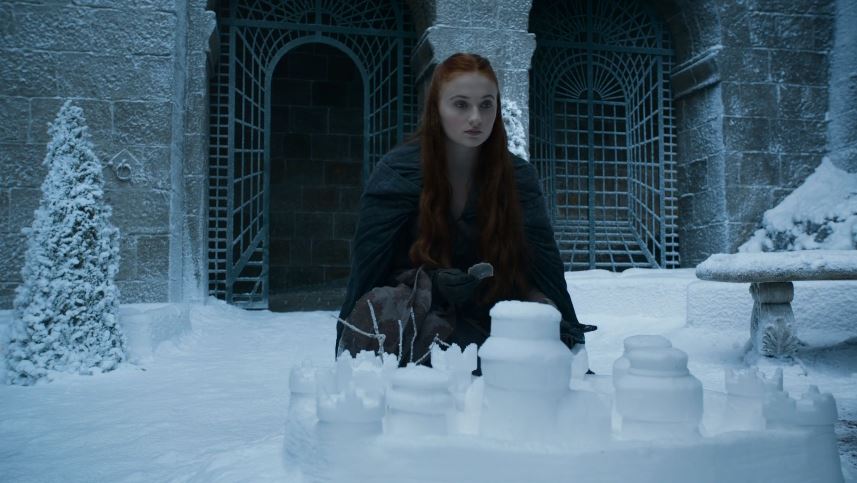
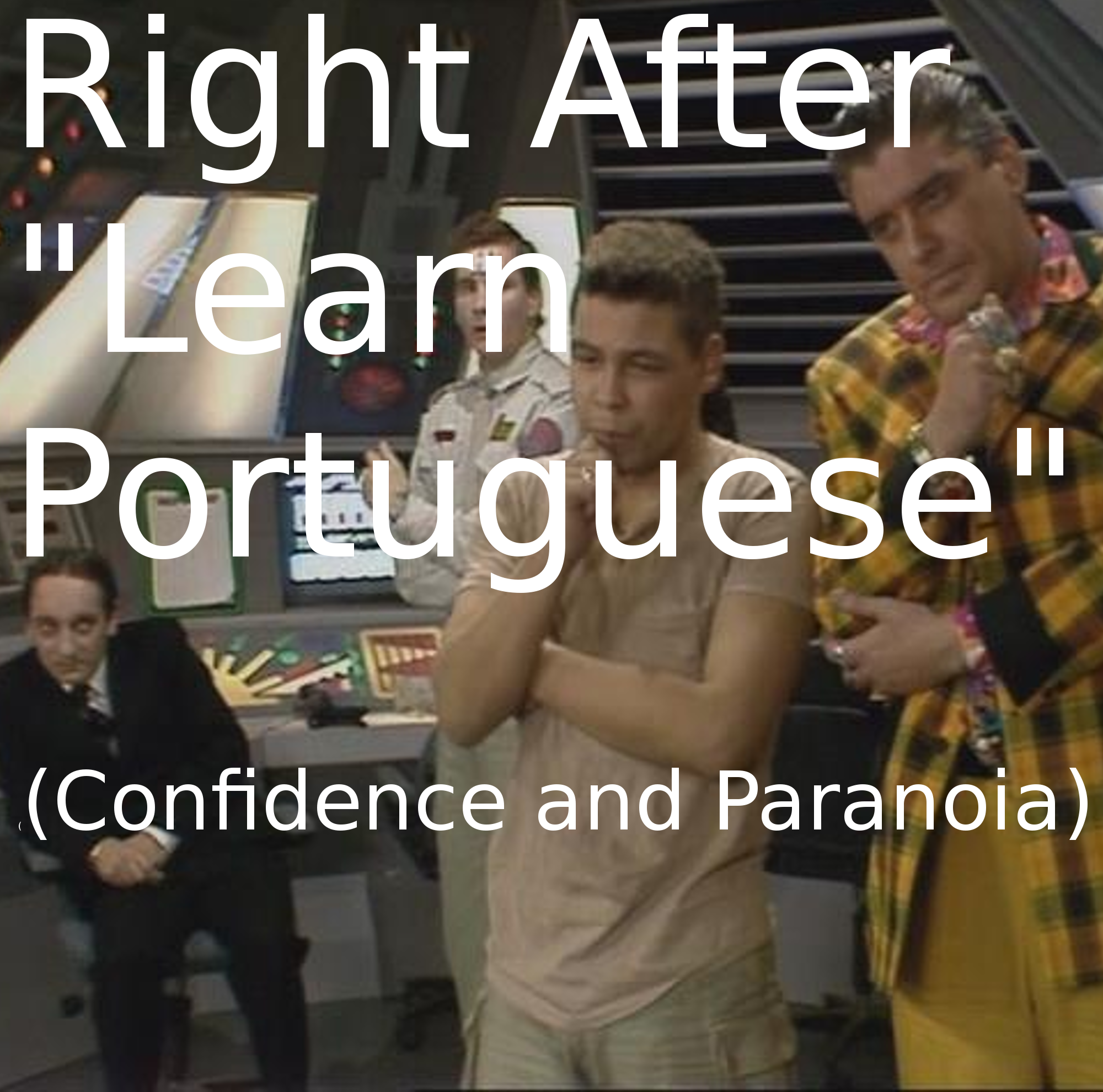 I was supposed to produce an essay today. I had a whole plan and everything, which would have involved writing the first of no-doubt many essays discussing the intersection of polyamorous perspective and large-scale political movements. Then two black men were murdered on camera in less than twenty-four hours and that post felt, shall we say, less than perfectly empathetic. I have a very different post, looking at racialized violence and systemic racism coming up for Sunday, but instead of doing something serious today I figured I’d do the weekly Oi! Spaceman podcast post. I promise, we don’t deal with any kind of serious or political issues on any of the Oi! Spaceman family. Honest.
I was supposed to produce an essay today. I had a whole plan and everything, which would have involved writing the first of no-doubt many essays discussing the intersection of polyamorous perspective and large-scale political movements. Then two black men were murdered on camera in less than twenty-four hours and that post felt, shall we say, less than perfectly empathetic. I have a very different post, looking at racialized violence and systemic racism coming up for Sunday, but instead of doing something serious today I figured I’d do the weekly Oi! Spaceman podcast post. I promise, we don’t deal with any kind of serious or political issues on any of the Oi! Spaceman family. Honest.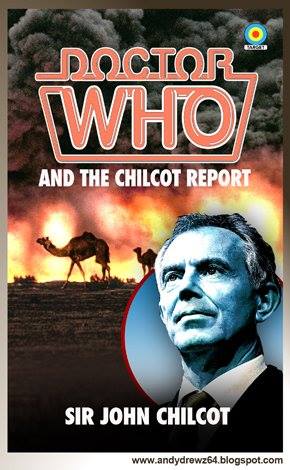 So, the Chilcot Report, end result of ‘The Iraq Inquiry’, is finally out. I understand frantic, cosplaying fans were queuing up outside bookstores at midnight, desperate to get their hands on a copy. People were getting seriously worried that Chilcot (or TRHSJCGCB, as fans call him, for ‘the Right Honourable Sir John Chilcot G.C.B.’) was getting too old, and would die before finishing it.
So, the Chilcot Report, end result of ‘The Iraq Inquiry’, is finally out. I understand frantic, cosplaying fans were queuing up outside bookstores at midnight, desperate to get their hands on a copy. People were getting seriously worried that Chilcot (or TRHSJCGCB, as fans call him, for ‘the Right Honourable Sir John Chilcot G.C.B.’) was getting too old, and would die before finishing it. 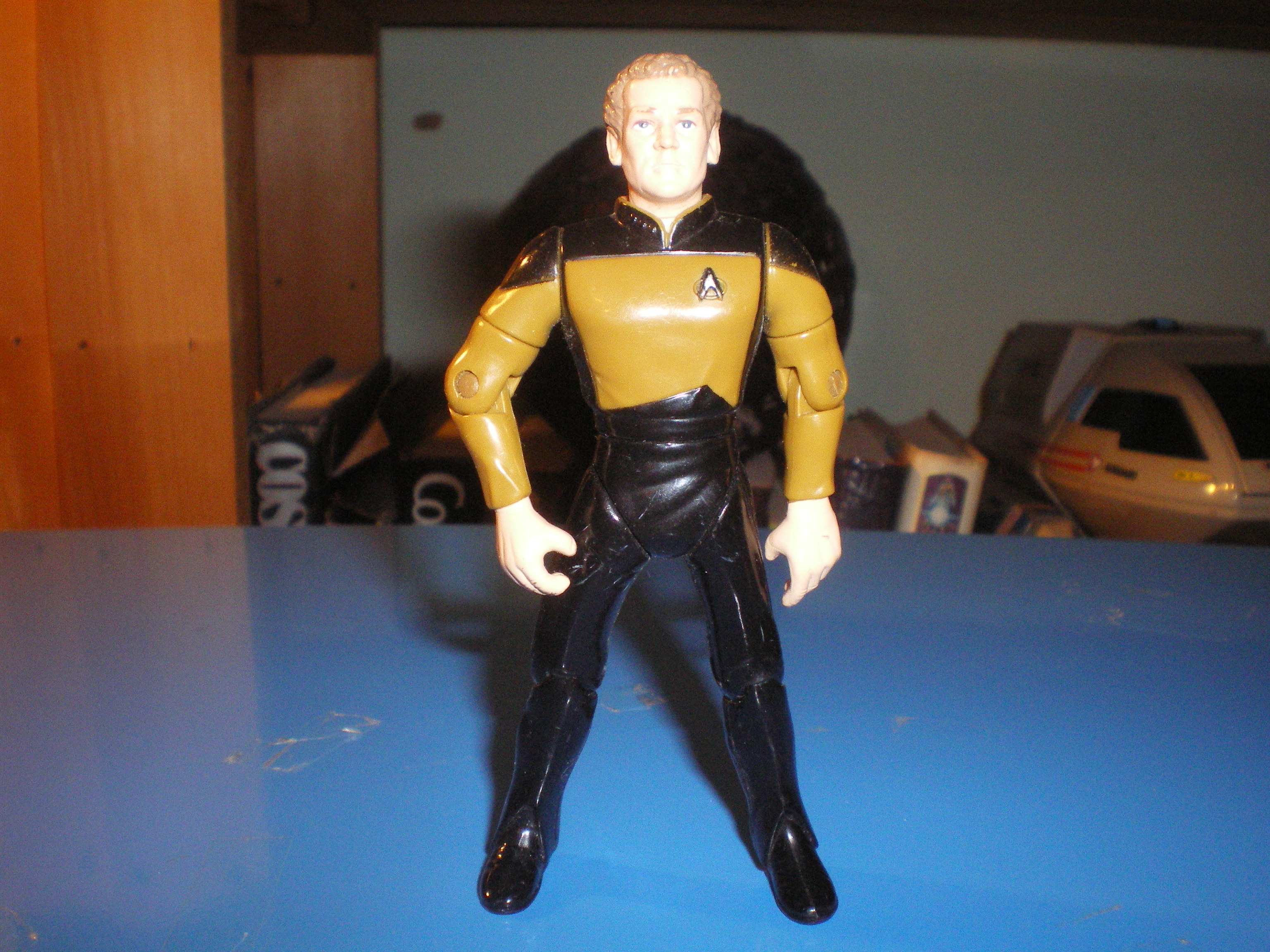
 Hi all. Busy working on edits for The Last War in Albion, Volume 1, which we’re planning to get out in August. Also, the next installment of Lost Exegesis (Solitary) is taking quite a bit of research, but this is par for the course, as we’ll be venturing into the Quran, several philosophers, and a long-defunct TV show. In the meantime, here’s the poem I read last Christmas for the Eruditorum Christmas Spectacular Podcast, but never got posted. So here it is. It’s about a man coming out of a ten-day medically induced coma after contracting spinal and cerebral meningitis, complicated by pneumonia, sepsis, and a mild heart attack. It’s a poem about my dad.
Hi all. Busy working on edits for The Last War in Albion, Volume 1, which we’re planning to get out in August. Also, the next installment of Lost Exegesis (Solitary) is taking quite a bit of research, but this is par for the course, as we’ll be venturing into the Quran, several philosophers, and a long-defunct TV show. In the meantime, here’s the poem I read last Christmas for the Eruditorum Christmas Spectacular Podcast, but never got posted. So here it is. It’s about a man coming out of a ten-day medically induced coma after contracting spinal and cerebral meningitis, complicated by pneumonia, sepsis, and a mild heart attack. It’s a poem about my dad.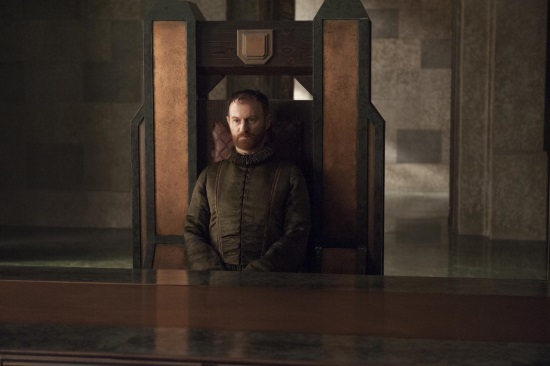
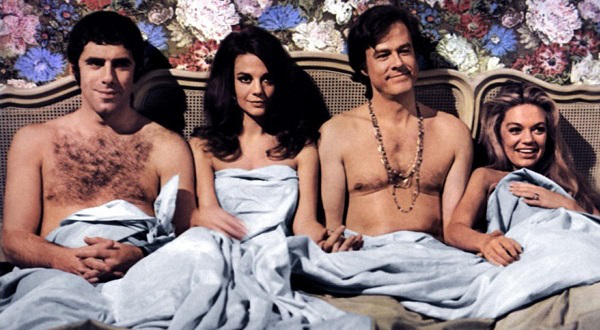 (Title given to this post with apologies to Jane and Lee, who to my knowledge are not in a relationship as would be implied by the inherent parallelism.)
(Title given to this post with apologies to Jane and Lee, who to my knowledge are not in a relationship as would be implied by the inherent parallelism.)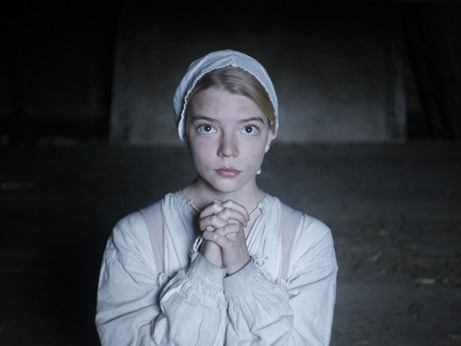 This post is based on a true story.
This post is based on a true story.